Caterpillar Company
Through a network of international dealers, Caterpillar Inc., a Fortune 100 American firm, develops, produces, manufactures, distributes, and sells to customers equipment, engines, financial products, and insurance. The ticker for the corporation is CAT. It is the world's biggest producer of construction equipment. In 2018, Caterpillar received ratings of 65 and 238 on the Fortune 500 list and the Global Fortune 500 list, respectively. The stock of Caterpillar is included in the Dow Jones Industrial Average.
In 1925, the amalgamation of the C. The Caterpillar Tractor Company, with its current headquarters in California, was born. The Holt Manufacturing Company and L. Best Tractor Company. The history of Caterpillar Inc. starts right here.
In 1986, the business underwent reorganisation, and its name was changed to Caterpillar Inc. Irving, Texas serves as the location of the company headquarters. The business declared in January 2017 that it would give up its 2015 plans to spend $800 million building a new headquarters complex in the middle of Peoria and relocate its administrative centre from Peoria, Illinois, to Deerfield, Illinois, over the course of the next year.
The company sells a range of footwear and clothing under the brand names Cat and Caterpillar.
Additionally, since 2012, the company has been authorised to promote and sell tough phones under the Cat phone brand. Machinery and other products bearing the Caterpillar brand can be recognised by their unique "Caterpillar Yellow" livery and "CAT" insignia.
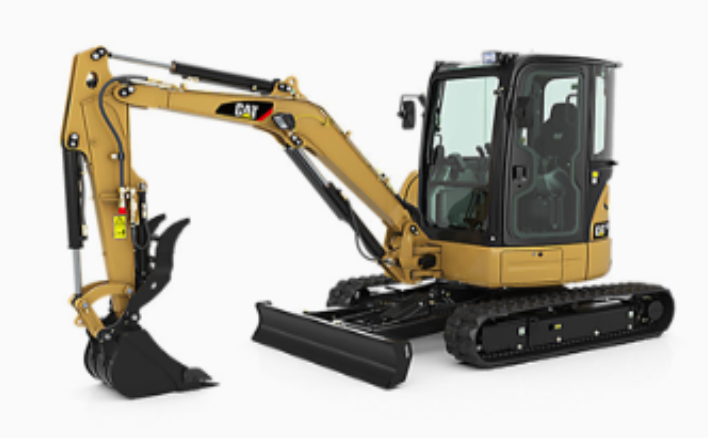
Caterpillar Companies Origins
Steam tractors have been used by The Holt Manufacturing Company since 1890. Because of their enormous weight, which could reach 1,000 pounds (450 kg) per horsepower, steam tractors from the 1890s and the first half of the 1900s frequently sank into the soil of the San Joaquin Valley Delta agriculture in Stockton, California. Benjamin Holt found a solution and made the tractor 46 feet (14 m) broad by expanding the wheels to a maximum of 7.5 feet (2.3 m) in height and 6 feet (1.8 m) in width. However, this increased the tractors' complexity, price, and maintenance needs.
Another alternative was to construct a temporary plank road in front of the steam tractor, but this would slow down earthmoving and be both time-consuming and expensive. Holt proposed wrapping the planks around the wheels. He replaced the wheels of the steamboat's No. 77 Holt's 40 horsepower (30 kW) motor with a system of wooden rails attached to chains. On Thanksgiving Day, November 24, 1904, he successfully tested the improved machine by ploughing the swampy delta plain of Roberts Island.
A steel plate-tracked vehicle was developed and copyrighted by Richard Hornsby & Sons in Grantham, Lincolnshire, England, in 1904. This tractor was the first to steer by differentially braking the tracks instead of using the tiller's steering wheel. One of these tractors was utilised in the Yukon until 1927 and some of its pieces can still be found today. Many tractors were built and marketed expressly for usage in the Yukon. Hornsby realised there was a little market for their tractor in 1911, the same year Holt registered the "Caterpillar" trademark, and sold their technology to Holt.
Charles Clements, a commercial photographer, claimed that the tractor moved like a caterpillar, and Holt immediately drew the analogy. However, other stories claim that the British soldiers who witnessed the Hornsby tractor being tested in July 1907 gave this nickname. Caterpillar is the correct name for what it is! Two years later, Holt sold his first steam-powered tractor crawlers for US$5,500, or almost US$128,000 in today's currency. The track structure was 30 inches high on each side, 42 inches wide, and 9 feet (2.7 m) long (760 mm). The tracks were made from redwood slats that were 4 inches (100 mm) long and 3 inches (76 mm) broad.
The first continuous track that could actually be utilised with a tractor was Holt's improved "Traction Engine," which was granted a patent on December 7, 1907. Improvements to vehicles, especially those with traction engines, including features such boundless travelling platform supports for the engine.
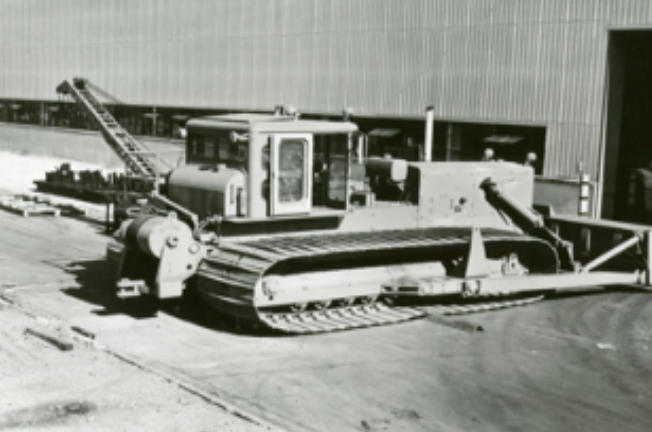
Caterpillar Backhoe Loaders
Cat® Backhoe Loaders can carry out a number of activities, including but not limited to general construction, demolition and excavation, landscaping, breaking up asphalt, and paving, thanks to their exceptional digging, trenching, back-filling, and material handling abilities. With cat backhoes, you can work in tight spaces where using larger equipment is challenging because you have the strength and fine control you need.
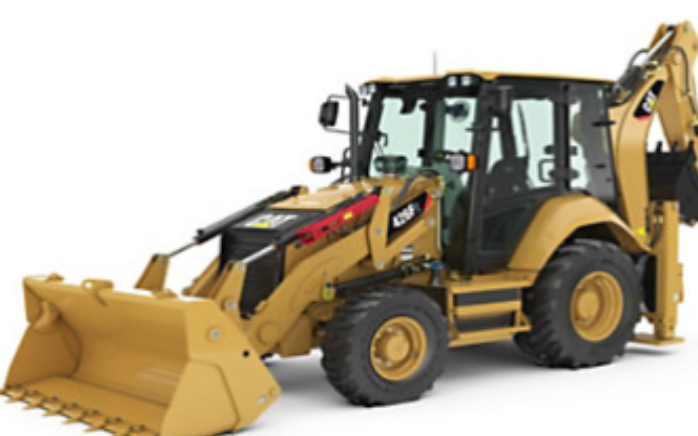
Caterpillar Excavators
Cat® excavators provide top performance, unmatched versatility, and excellent fuel efficiency whether you're excavating, trenching, or loading trucks. By utilising their mini diggers' cutting-edge technology, safety features, exceptional durability, and convenience of usage, your business will grow. The most popular size of Caterpillar's diggers is the compact excavator.
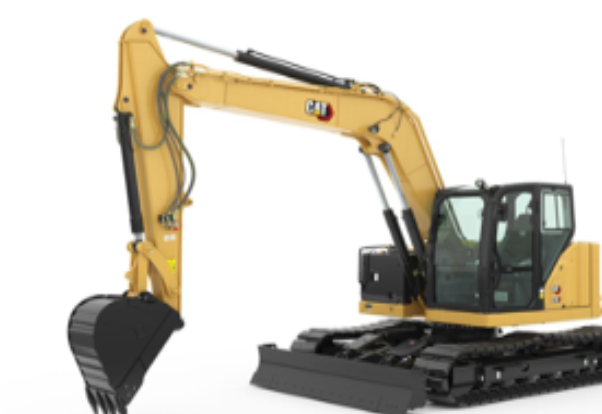
Caterpillar Skid Steer And Compact Track Loaders
The Cat® Compact Track Loaders and Skid Steer Loaders combine the newest, market-first features and innovations with customer-driven updates. Due of its versatility, skid steer loaders are an exceedingly important piece of machinery.

Caterpillar Track Loaders
You might save money and time on transportation by using a single powerful machine for tasks including slope work, truck loading, field clearing, digging, and grading. The flexible Cat® track loader series can handle challenging jobs, challenging terrain, and tight spaces with ease.

Caterpillar Wheel Loaders
Your material handling and loading procedures are safer, quicker, more accurate, and more productive when you use wheel loaders from Cat®. Cat front end loaders set the standard for dependability, productivity, fuel efficiency, versatility, and operator comfort.
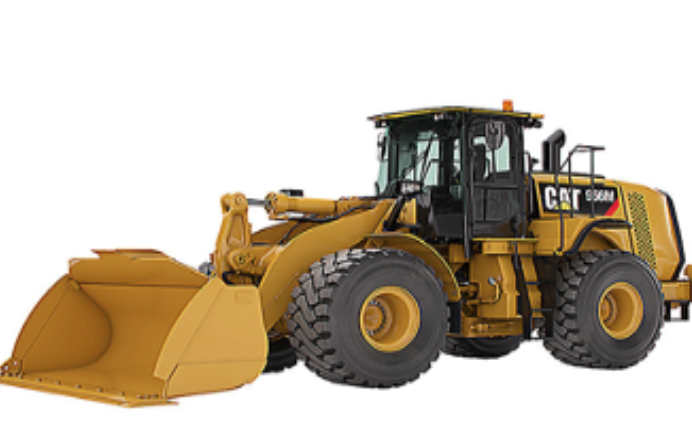
Robs Digger Hire Oxfordshire Copyright© 2022 All Rights Reserved